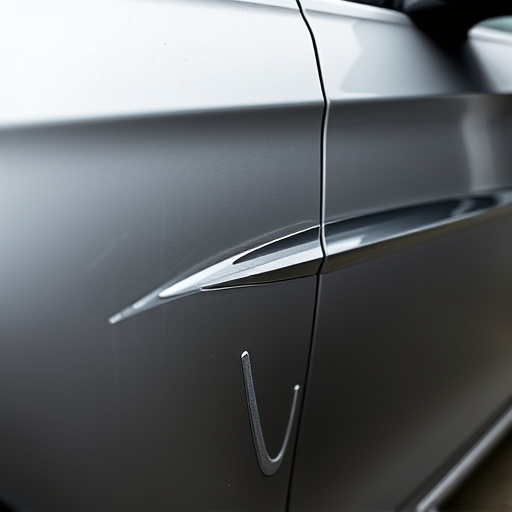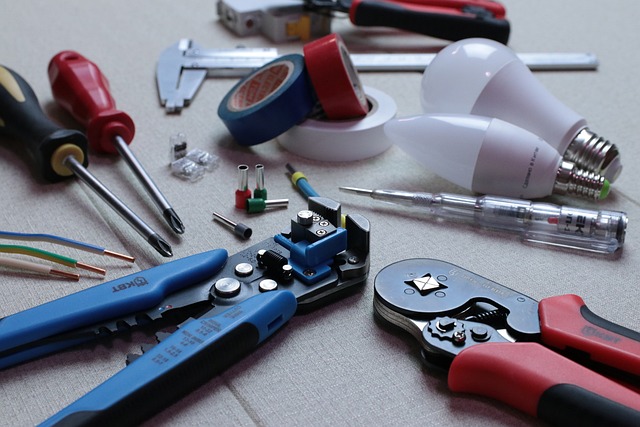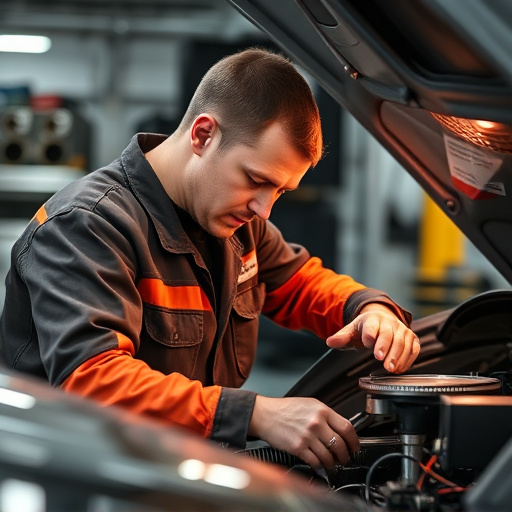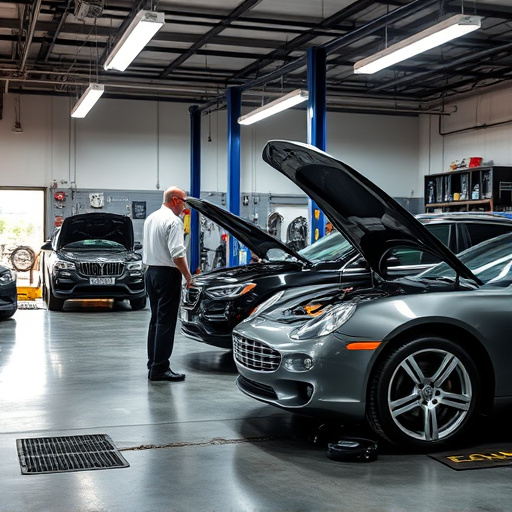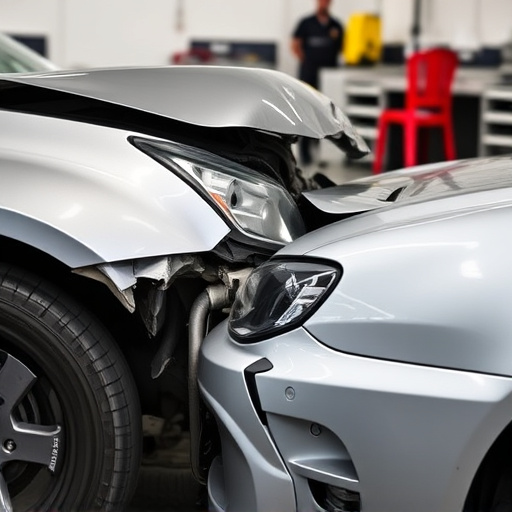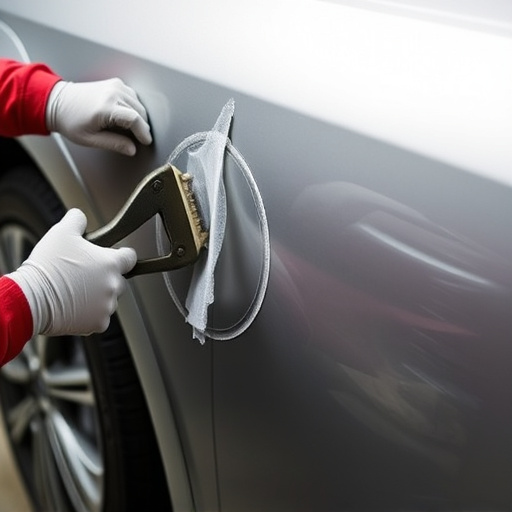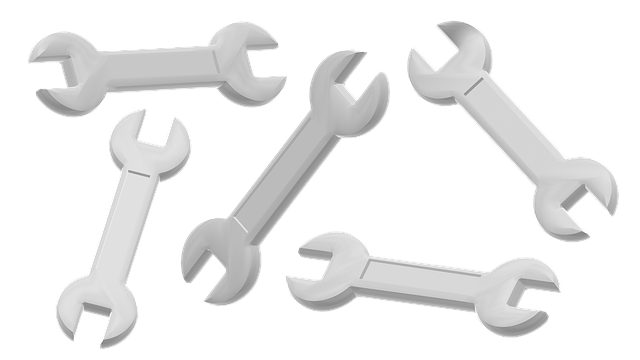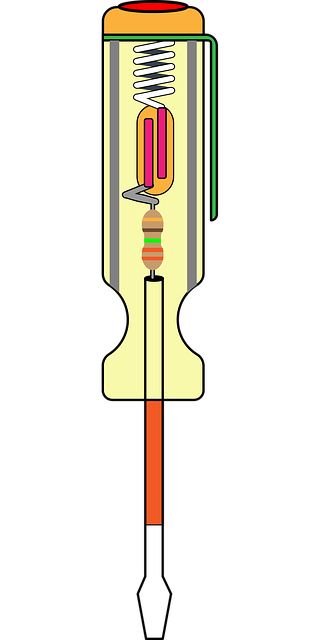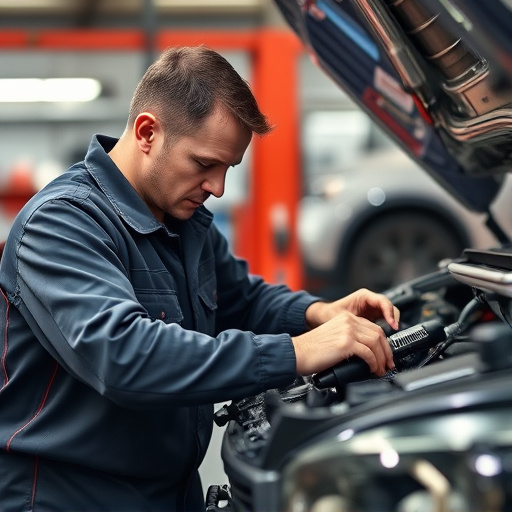Concours level repair demands meticulous attention to detail in evaluating and restoring vehicles for historical accuracy, aesthetic appeal, and overall condition. Skilled restoration teams employ specialized techniques and high-quality materials to transform damaged interiors, ensuring every stitch, panel, and trim is precisely recreated to showcase the vehicle's historical significance and beauty. This rigorous process begins with thorough research, disassembly, preparation, repair, replacement, and meticulous finishing to meet strict concours judging standards.
Interior restoration plays a pivotal role in achieving Concours level judging standards, where every detail matters. This article delves into the art and science behind perfecting vehicle interiors for top accolades. We explore the critical judging criteria, from craftsmanship to material selection, and provide a comprehensive guide to restoration. Learn how meticulous restoration techniques elevate vehicles to their historical glory, ensuring they stand out in the rigorous concours level repair process.
- Understanding Concours Level Judging Criteria
- Key Aspects of Interior Restoration for Perfection
- Restoring Historic Vehicles: A Step-by-Step Guide
Understanding Concours Level Judging Criteria

Concours level judging is a meticulous process that evaluates vehicles on their historical accuracy, aesthetic appeal, and overall condition. Judges scrutinize every detail, from the original paint and trim to the functionality of components like headlights and taillights. This stringent standard requires a deep understanding of automotive history and precise restoration techniques.
Interior restoration plays a pivotal role in achieving concours-worthy results. It involves meticulous reconstruction or replacement of interior elements to match the vehicle’s original specifications. This includes everything from seats and dashboards to door panels and flooring, ensuring that every aspect aligns with the car’s era and design intent. Utilizing specialized auto body repair techniques and high-quality materials, a skilled restoration team can transform a damaged or faded interior into a pristine reflection of its former glory, enhancing the overall concours level repair of the vehicle.
Key Aspects of Interior Restoration for Perfection
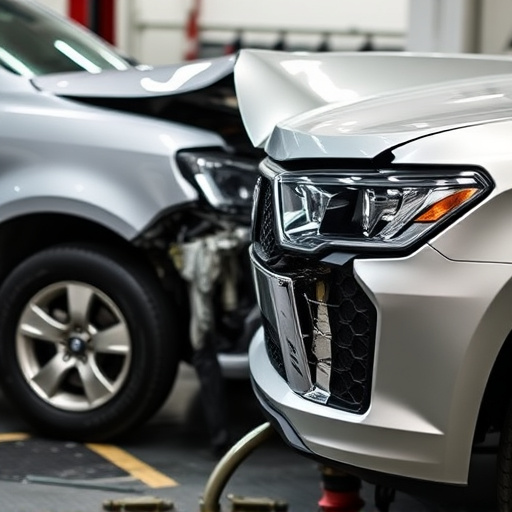
Achieving perfection in interior restoration is a meticulous art that demands precise attention to detail. When it comes to concours level judging, every element must be impeccable, reflecting the vehicle’s original design and craftsmanship. The key aspects of this process involve meticulous research, accurate duplication, and precise execution. Restorers should begin by studying the vehicle’s historical context, understanding its unique features, and gathering authentic materials that match the era and specifications.
Automotive body work in interior restoration requires a deep appreciation for the car’s history. Every stitch, every panel, and every trim must be meticulously recreated to ensure a seamless fit and an accurate representation of the vehicle’s intended aesthetic. Car body restoration goes beyond mere repair; it involves preserving or recreating original elements that contribute to the overall beauty and value of the concours-level vehicle. This meticulous approach ensures that each repair, no matter how minor, aligns with the highest standards, making the car a true testament to its historical significance.
Restoring Historic Vehicles: A Step-by-Step Guide
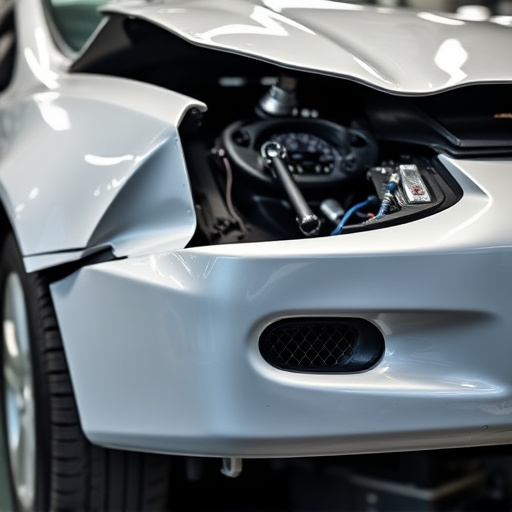
Restoring historic vehicles to their former glory is a meticulous process that demands precision and an understanding of the vehicle’s unique history. For cars aiming to meet concours level judging standards, every detail matters. Here’s a simplified step-by-step guide to this specialized craft:
1. Assessment: Begin by thoroughly inspecting the vehicle. This involves examining the body for any damage, checking the frame’s integrity, and assessing the overall condition of the interior and exterior. Identify areas requiring repair, which might include auto glass replacement for cracked or faded windows.
2. Research & Documentation: Accurate restoration requires knowledge. Research the specific make and model to understand original features and finishes. Historical records, manufacturer specifications, and consultation with experts can provide invaluable insights. This step ensures that every detail is accurate, from paint colors to trim styles.
3. Disassembly & Preparation: Depending on the vehicle’s age and condition, disassemble components carefully. This might involve removing panels, dashboards, or even the engine for a thorough cleaning and inspection. Prepare the workspace by setting up safety measures and ensuring adequate ventilation, especially when handling old materials.
4. Repair & Replacement: Address any structural issues first, followed by cosmetic repairs. For example, if the frame is damaged, specialized services like straightening or welding may be required. Replace worn-out parts with genuine or period-correct components. This could include everything from auto glass replacement to restoring or installing new trim pieces.
5. Finishing & Detailing: The final step involves meticulous finishing and detailing. Paint the vehicle using techniques that match its era, ensuring color accuracy and a smooth finish. Detail the interior, paying close attention to stains, tears, and wear on upholstery and other materials. Every element should reflect the desired concours level of perfection.
Interior restoration plays a pivotal role in achieving and maintaining concours level judging standards. By meticulously addressing each aspect from understanding the criteria to following a step-by-step guide for historic vehicle restoration, car enthusiasts can ensure their vehicles meet the highest levels of perfection. Through proper restoration techniques, owners not only preserve the historical integrity of their cars but also enhance their overall appeal, making them stand out in any concours event.

